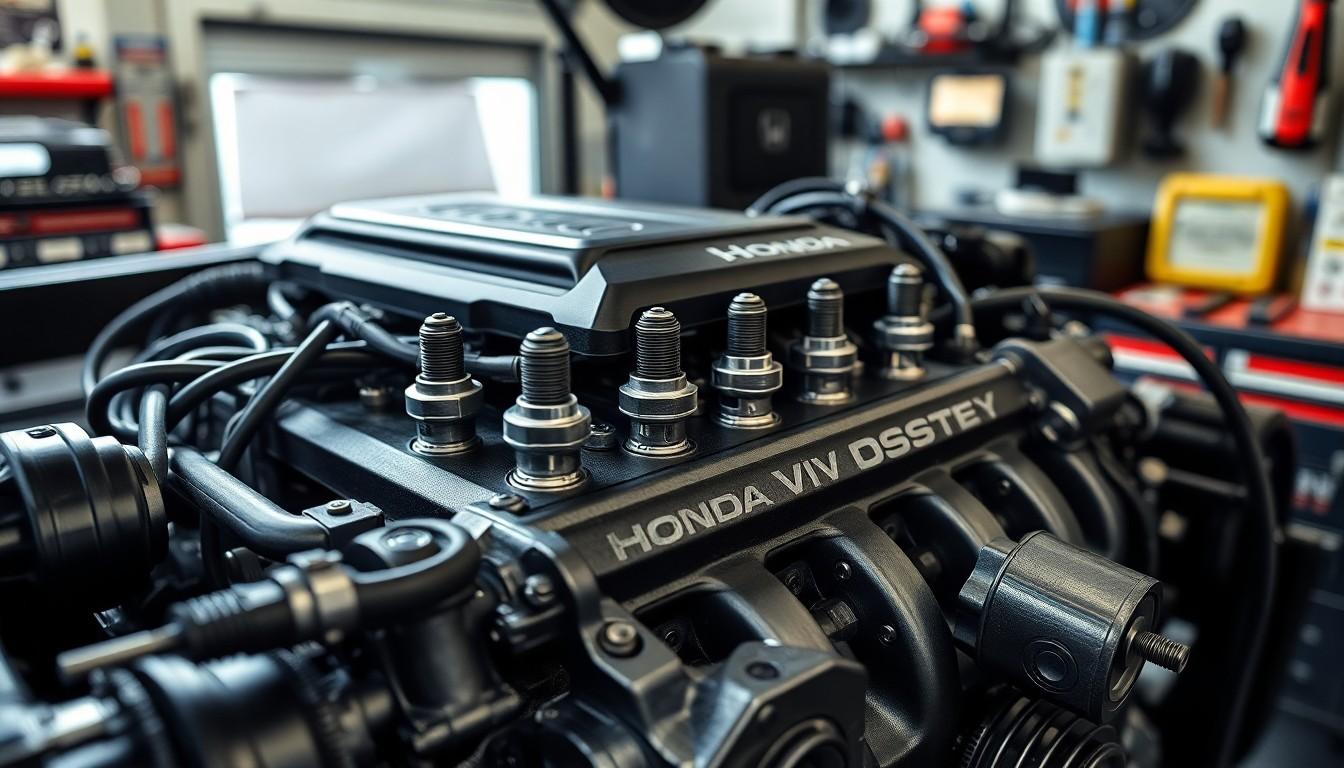Are you experiencing rough idling or performance issues with your Honda Odyssey? Understanding the firing order is crucial for proper engine maintenance and troubleshooting. We’ll walk you through everything you need to know about this important aspect of your minivan’s powerplant.
The Honda Odyssey’s firing order is a exact sequence that determines the exact timing of spark plug ignition in each cylinder. When this sequence is disrupted, it can lead to misfires, reduced power, and even potential engine damage. Whether you’re planning a DIY repair or simply want to expand your automotive knowledge, knowing the correct firing order for your exact Odyssey model year is essential.
Understanding the Honda Odyssey Engine
The Honda Odyssey features a transversely mounted V6 engine that’s been a staple of the minivan since its introduction. Throughout its production history, the Odyssey has primarily used 3.5-liter V6 engines from Honda’s J-series family, known for their reliability and smooth power delivery. These engines typically produce between 240-280 horsepower, depending on the model year and exact variant.
Honda’s J-series V6 engines use a 60-degree V configuration with aluminum block and cylinder heads. The engine incorporates Honda’s VTEC (Variable Valve Timing and Electronic Control) technology, which adjusts valve timing and lift to optimize performance across different RPM ranges. Later models also feature Variable Cylinder Management (VCM), which deactivates exact cylinders during light load conditions to improve fuel efficiency.
The Odyssey’s engine connects to either a 5-speed, 6-speed, 9-speed, or 10-speed automatic transmission, depending on the generation and trim level. This powertrain combination delivers responsive acceleration while maintaining reasonable fuel economy for a vehicle of its size and capability. Most Odyssey models achieve approximately 19 MPG city and 28 MPG highway, making them relatively efficient within the minivan segment.
Understanding the engine’s basic layout helps when performing maintenance or diagnosing issues. The Odyssey’s V6 has three cylinders on each bank, numbered 1-3 on the front bank and 4-6 on the rear bank when viewed from the front of the vehicle. This numbering system directly relates to the firing order, which we’ll explore in detail in subsequent sections.
What is a Firing Order and Why It Matters

A firing order represents the exact sequence in which spark plugs ignite the fuel in each cylinder of an internal combustion engine. This carefully designed sequence ensures optimal engine operation and performance in vehicles like the Honda Odyssey.
Engine Balance and Smooth Operation
The firing order creates balance within the engine, significantly reducing vibrations that could damage components over time. Proper sequencing of cylinder firing distributes the forces generated during combustion evenly throughout the engine block. Engineers design these sequences to counteract the natural imbalances caused by the motion of pistons and crankshafts, resulting in a smoother driving experience and extended engine life.
Power Distribution
Even power distribution throughout engine cycles occurs when cylinders fire in the correct sequence. The Honda Odyssey’s V6 engine relies on its firing order to maintain consistent power delivery during acceleration. Correct sequencing prevents power surges and drops that could affect vehicle handling and performance. This balanced distribution also reduces stress on engine bearings, connecting rods, and other critical components.
Efficiency and Performance
The firing order optimizes the combustion process in each cylinder, improving fuel efficiency and overall engine performance. Proper sequencing ensures complete fuel combustion in each cylinder at precisely the right moment. Honda’s engineers have fine-tuned the Odyssey’s firing order to maximize power output while maintaining reasonable fuel economy. This optimization helps prevent engine misfires that could lead to rough idling, power loss, or increased emissions.
Honda Odyssey Firing Order: 1-4-2-5-3-6
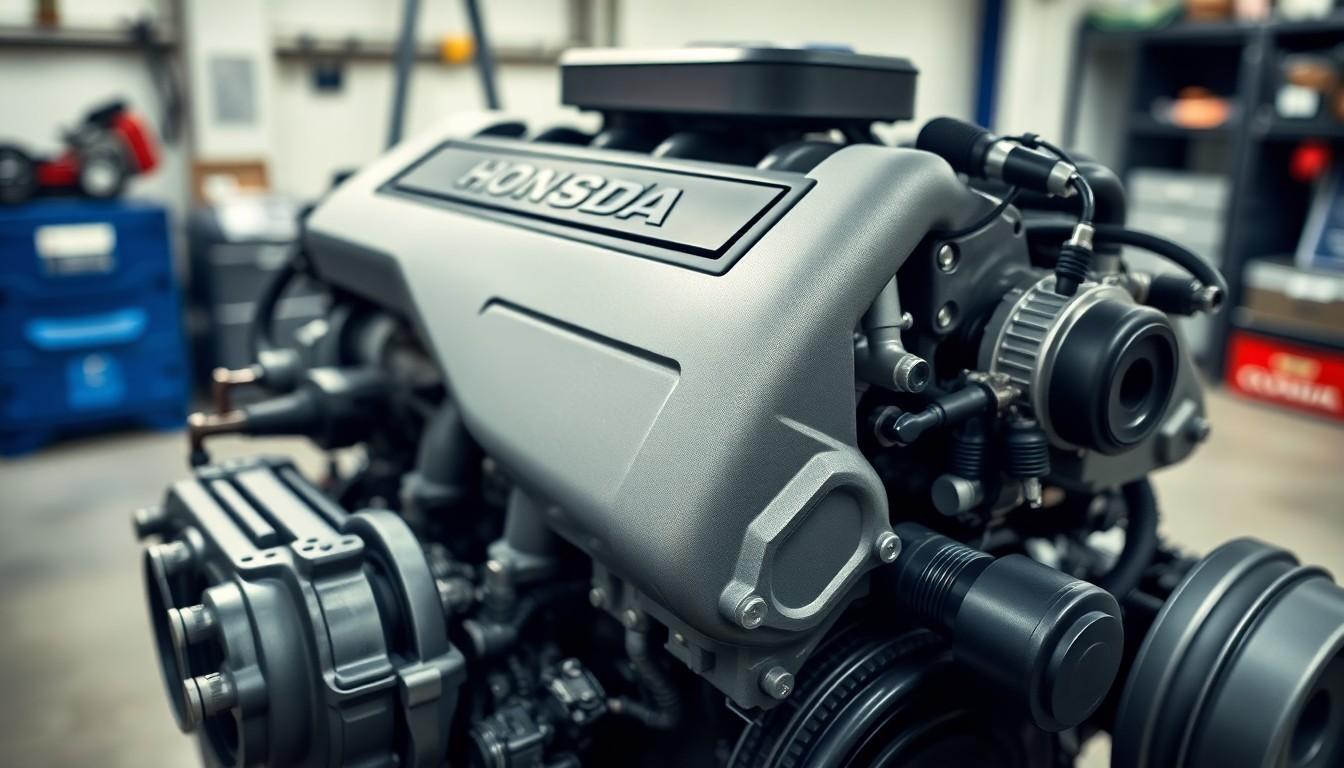
The Honda Odyssey from 1995-2000 with the 3.5L V6 engine follows a exact firing order of 1-4-2-5-3-6. This sequence ensures optimal performance and balanced operation of the engine’s six cylinders through its distributorless ignition system.
J35 V6 Engine Configuration
The J35 V6 engine powers many Honda Odyssey models with a 3.5-liter displacement in a 60-degree V configuration. This powerful engine utilizes either SOHC (Single Overhead Camshaft) or DOHC (Dual Overhead Camshaft) designs depending on the model year and trim level. Each cylinder has its own dedicated ignition coil in the distributorless ignition system, allowing for precise timing and enhanced performance. The V6 layout provides an excellent balance between power delivery and fuel economy, making it ideal for the family-oriented minivan.
Cylinder Numbering System
Honda’s cylinder numbering follows a logical pattern that corresponds to the firing sequence of the engine. For the 3.5L V6 engine with the 1-4-2-5-3-6 firing order, cylinder #1 is positioned at the front of one bank, while cylinder #4 is located at the front of the opposite bank. The remaining cylinders are arranged sequentially along each bank of the V-shaped engine. Understanding this numbering system is essential for maintenance tasks such as replacing spark plugs, checking ignition coils, or diagnosing misfire codes. It’s worth noting that the 2001-2006 Odyssey models use a different firing order of 1-2-3-4-5-6, demonstrating Honda’s ongoing engine refinements across different production years.
How to Find the Firing Order on Your Honda Odyssey
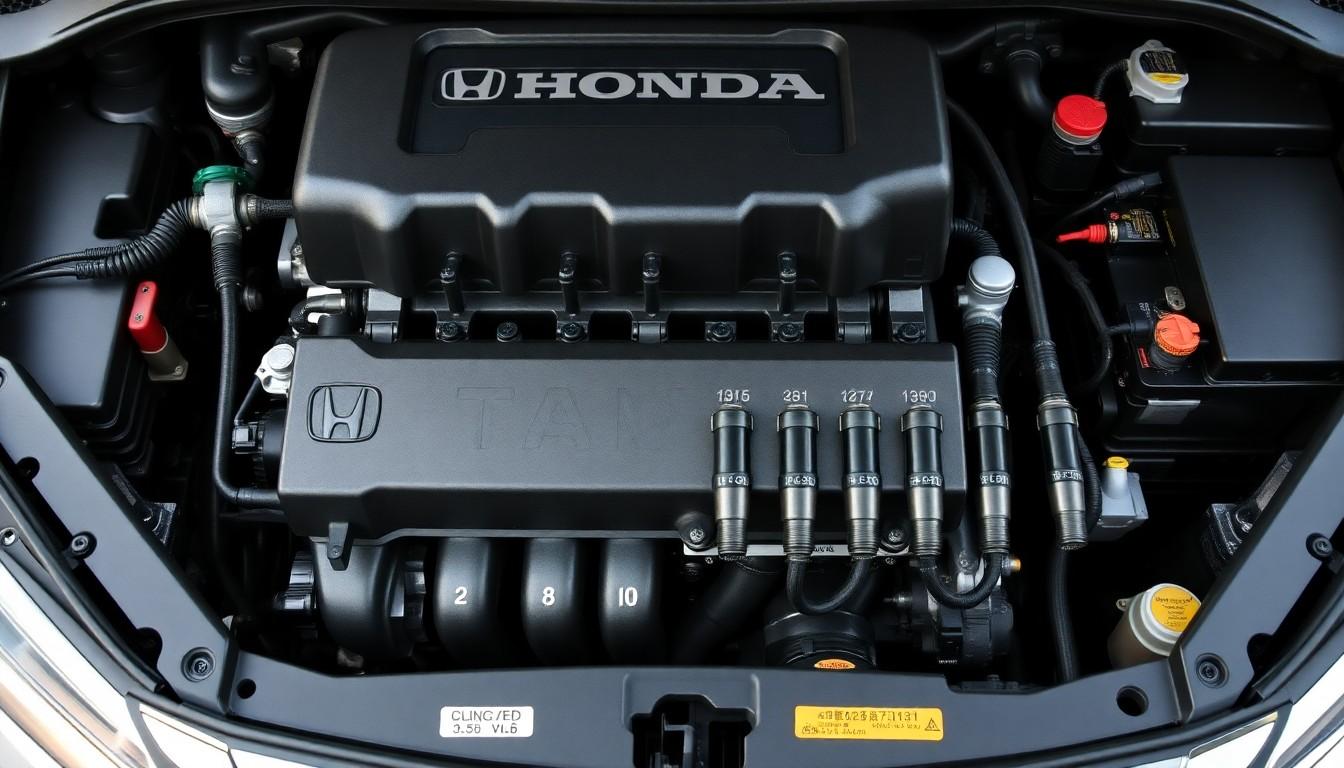
Finding the correct firing order for your Honda Odyssey requires identifying your exact model year and engine type. The proper identification ensures you’re working with the right sequence for maintenance or troubleshooting tasks.
Locating Engine Specifications
Engine specifications for the Honda Odyssey can be found through several reliable sources. Your owner’s manual contains essential information about your exact model and engine type. Most Honda Odysseys from 2000-2018 feature a 3.5L V6 engine with cylinders arranged in a V configuration. The cylinders follow a standard numbering pattern with 1, 3, and 5 positioned on the driver’s side, while 2, 4, and 6 are located on the passenger side. This arrangement directly correlates to the firing order, which for most models from 2001-2018 is 1-2-3-4-5-6.
Visual Identification Methods
Several visual identification methods can help you confirm your Odyssey’s cylinder arrangement and firing order. Examine the cylinder head and engine block for stamped or labeled cylinder numbers that manufacturers include for reference. Follow the spark plug wires from the ignition coils to their corresponding spark plugs to identify which cylinder each serves. The 3.5L V6 engine uses a distributorless ignition system with individual coils for each cylinder, making this tracing particularly useful. Engine diagrams from repair guides exact to your model year provide detailed visual representations of the engine layout. Resources like AutoZone’s repair guides offer comprehensive illustrations that can help you match the physical engine components to their proper positions and firing sequence.
Common Issues Related to Incorrect Firing Order
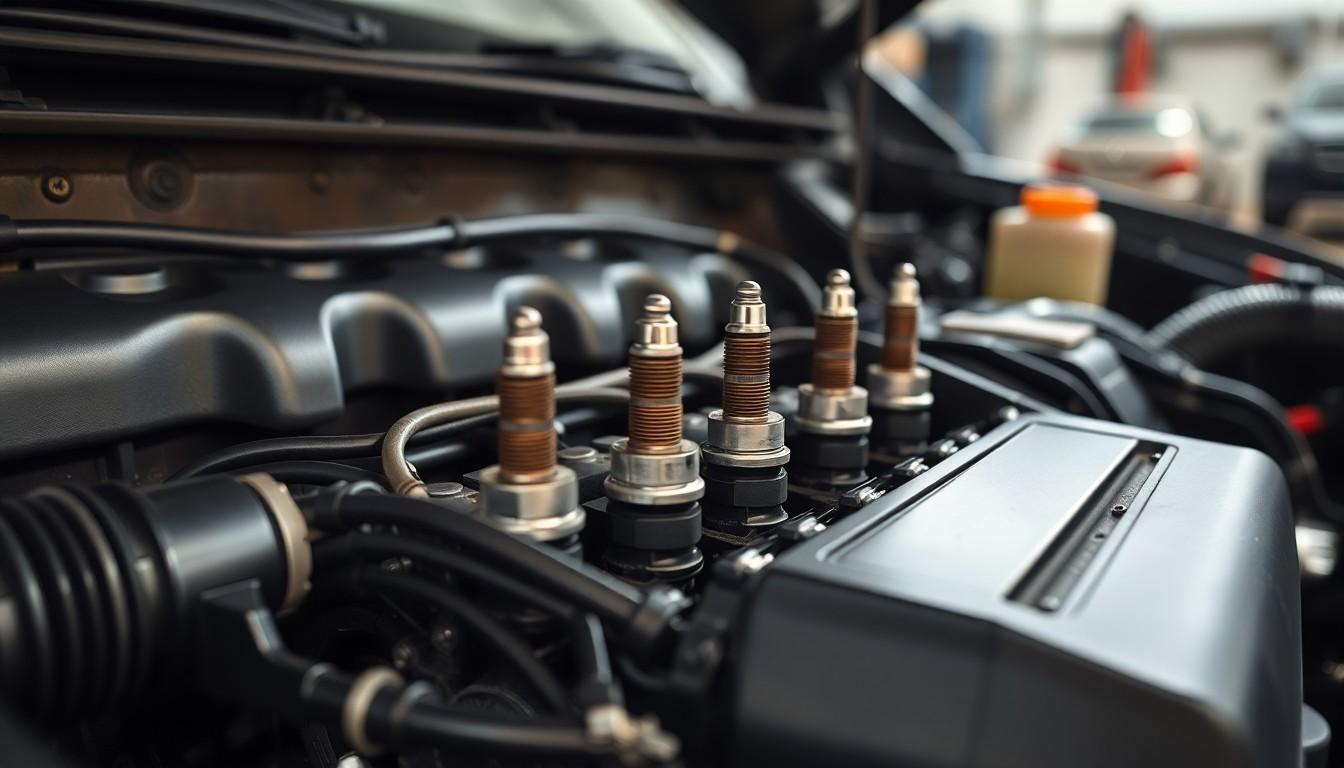
Incorrect firing order in a Honda Odyssey can lead to important engine performance problems and potential damage over time. When the spark plugs fire in the wrong sequence, the engine’s carefully engineered balance and timing are disrupted, causing a cascade of issues that affect drivability, efficiency, and longevity.
Symptoms of Improper Spark Plug Wire Arrangement
Engine misfires are the most common indicator of an improper spark plug wire arrangement, causing the engine to run rough or hesitate during acceleration. Your Honda Odyssey might display noticeably rough idling, with the engine vibrating excessively while stopped at traffic lights or in park. Many owners experience frequent engine stalling or difficulty starting the vehicle, particularly in cold weather conditions.
Fuel efficiency typically decreases dramatically, as the engine can’t properly burn fuel when cylinders fire out of sequence. The check engine light frequently illuminates due to the onboard computer detecting misfires or combustion irregularities related to the firing order. Loud knocking or pinging sounds from the engine compartment suggest fuel igniting at incorrect times, which can cause serious engine damage if left unaddressed.
Diagnostic Steps
Checking spark plug wires and boots is the first step in diagnosing firing order issues in your Honda Odyssey. Examine each wire and boot connection for wear, cracks, or loose fittings that might cause misfires or improper sequencing.
A spark tester helps verify spark presence at each cylinder and confirms the firing sequence matches the correct order for your model (1-4-2-5-3-6 for 1995-2000 models or 1-2-3-4-5-6 for 2001-2006 models). Scanning for trouble codes with an OBD-II scanner reveals exact cylinder misfires or ignition system faults stored in your vehicle’s computer memory.
Consulting repair manuals or trusted online resources like AutoZone guides ensures you’re referencing the correct firing order and wire arrangement for your exact Odyssey model year and engine type. Visual inspection of the entire ignition system, including coils, plugs, and wires, often reveals obvious issues like disconnected components or damaged parts that disrupt the firing sequence.
Reduced engine performance manifests as decreased power, poor acceleration, and inefficient operation, especially under load or when climbing hills. Emissions increase significantly with an incorrect firing order, potentially causing your Odyssey to fail state-mandated emissions tests. Long-term consequences include accelerated engine wear as components operate outside their designed parameters, potentially leading to costly repairs if the problem persists uncorrected.
Maintenance Tips for Proper Engine Performance
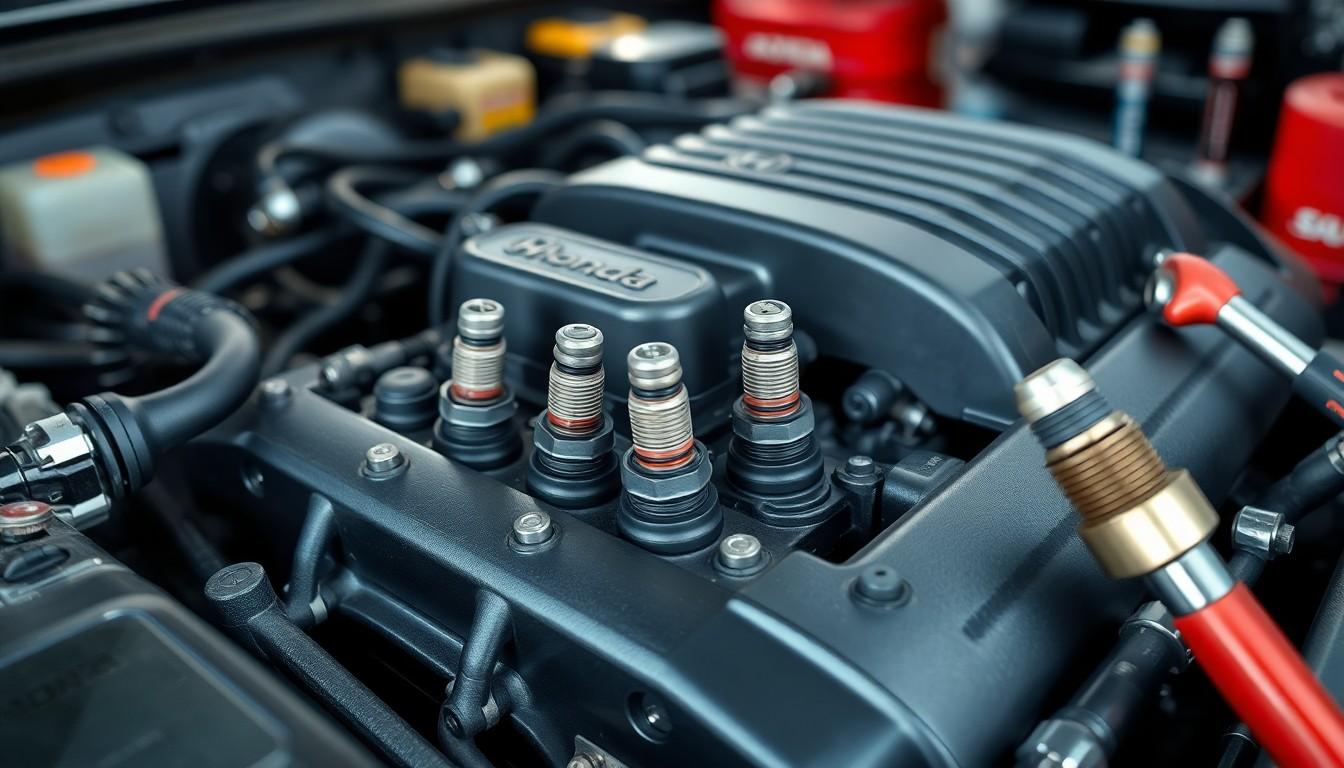
Maintaining your Honda Odyssey’s engine requires attention to several critical components related to the firing order. Regular maintenance ensures optimal performance and extends the life of your vehicle’s engine system.
Spark Plug Replacement Best Practices
Spark plugs are crucial components that initiate combustion according to your Honda Odyssey’s firing order. Replace spark plugs at the manufacturer’s recommended intervals, typically between 30,000 to 100,000 miles depending on your exact model year. Always use the correct type and gap specifications mentioned in your vehicle’s manual to maintain proper ignition timing. Clean the spark plug wells thoroughly before installation to prevent debris from interfering with the connection and potentially disrupting the firing sequence. Tightening spark plugs to the specified torque is essential—overtightening can damage threads while undertightening may cause them to loosen during operation.
Ignition System Care
The distributorless ignition system in Honda Odyssey models requires regular attention to maintain the correct firing sequence. Keep coil packs clean and free of debris, especially in models with one coil per cylinder as found in the 1995-2000 Odyssey with its 1-4-2-5-3-6 firing order. Inspect any visible wiring for signs of wear, cracking, or heat damage that could compromise the ignition sequence. The ignition module might need replacement according to Honda’s maintenance schedule, particularly in older models with higher mileage. Battery maintenance plays a important role in proper ignition system function—clean terminals and correct charging ensure consistent voltage delivery to the coils, maintaining the precise timing required by your engine’s firing order.
Conclusion
Knowing your Honda Odyssey’s firing order is essential for maintaining optimal performance and preventing potential engine issues. Whether you drive an older model with the 1-4-2-5-3-6 sequence or a newer one following the 1-2-3-4-5-3-6 pattern it’s crucial to reference the correct specifications for your exact year and engine type.
Regular maintenance of your ignition system including timely spark plug replacement and inspection of coil packs will ensure your minivan continues to deliver the reliable performance Honda Odysseys are known for. By understanding how your engine’s firing sequence works you’ll be better equipped to troubleshoot problems and communicate effectively with mechanics when service is needed.
Remember that proper attention to these details not only improves day-to-day performance but also contributes to your vehicle’s longevity and resale value.
Frequently Asked Questions
What is the firing order of a Honda Odyssey?
Most Honda Odyssey models from 2001-2018 with the 3.5L V6 engine have a firing order of 1-2-3-4-5-6. However, earlier models (1995-2000) follow a firing order of 1-4-2-5-3-6. Always check your specific model year, as variations exist between generations.
Why is the firing order important for my Odyssey?
The firing order ensures balanced engine operation, reduces vibrations, and optimizes power delivery. An incorrect firing order can cause misfires, rough idling, poor fuel economy, and potential engine damage over time. Understanding this sequence is crucial for proper maintenance and troubleshooting engine performance issues.
How can I identify my Odyssey’s cylinder numbering?
For most Odyssey models, cylinders 1, 3, and 5 are located on the driver’s side (left bank), while cylinders 2, 4, and 6 are on the passenger side (right bank). Cylinder #1 is typically at the front of the engine. Check your owner’s manual or engine diagrams for your specific model year.
What symptoms indicate an incorrect firing order?
Signs include engine misfires, rough idling, stalling, hard starting (especially in cold weather), decreased fuel efficiency, lack of power during acceleration, and an illuminated check engine light. You may also notice increased vibration and unusual engine sounds when running.
How often should I replace spark plugs in my Honda Odyssey?
Honda recommends replacing spark plugs every 30,000 to 100,000 miles, depending on your specific model year and driving conditions. Using manufacturer-recommended spark plugs with the correct gap specifications is essential for maintaining proper ignition timing and engine performance.
Can I check the firing order myself?
Yes, you can verify the firing order by identifying your exact model year and engine type in your owner’s manual, looking for cylinder numbering labels on the engine block, tracing spark plug wires to their corresponding cylinders, or consulting repair guides with detailed engine diagrams.
What should I do if my Odyssey is experiencing misfires?
First, check for worn or incorrectly connected spark plug wires. Use a spark tester to verify the firing sequence is correct. Scan for trouble codes with an OBD-II scanner. If you’re unsure, consult a repair manual or professional mechanic to ensure the proper firing order for your specific model.
Does the Honda Odyssey have a distributor?
Most modern Honda Odyssey models (post-2000) use a distributorless ignition system with individual coil packs for each cylinder. Earlier models may have used a distributor-based system. The distributorless system provides more precise timing and enhanced performance.

